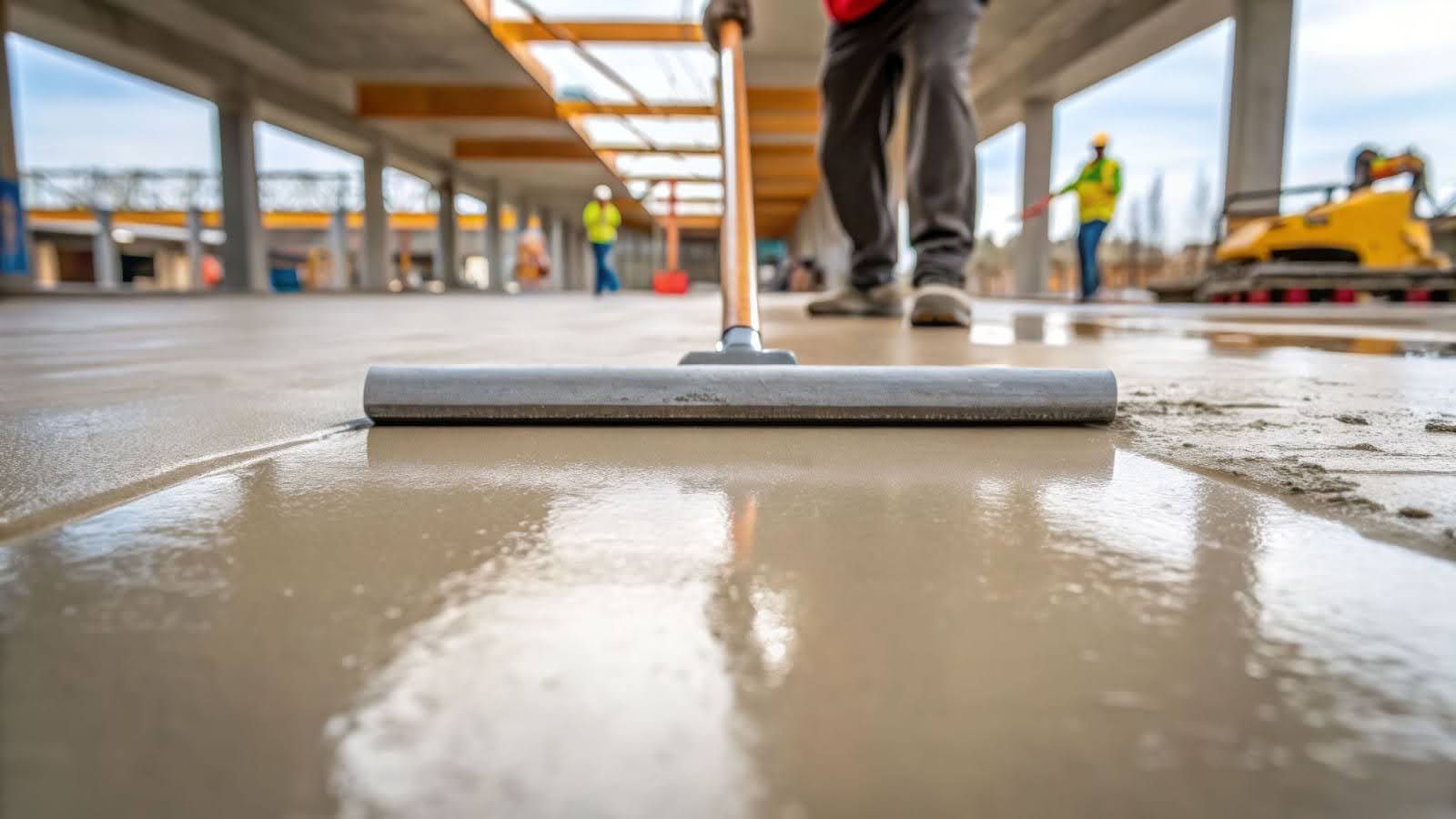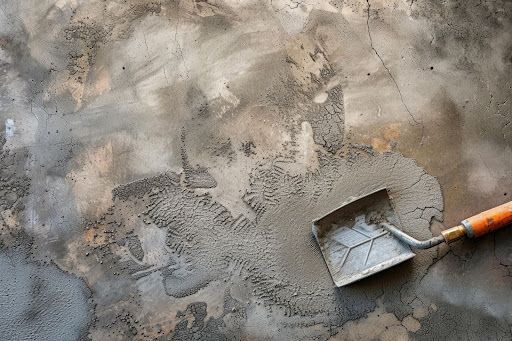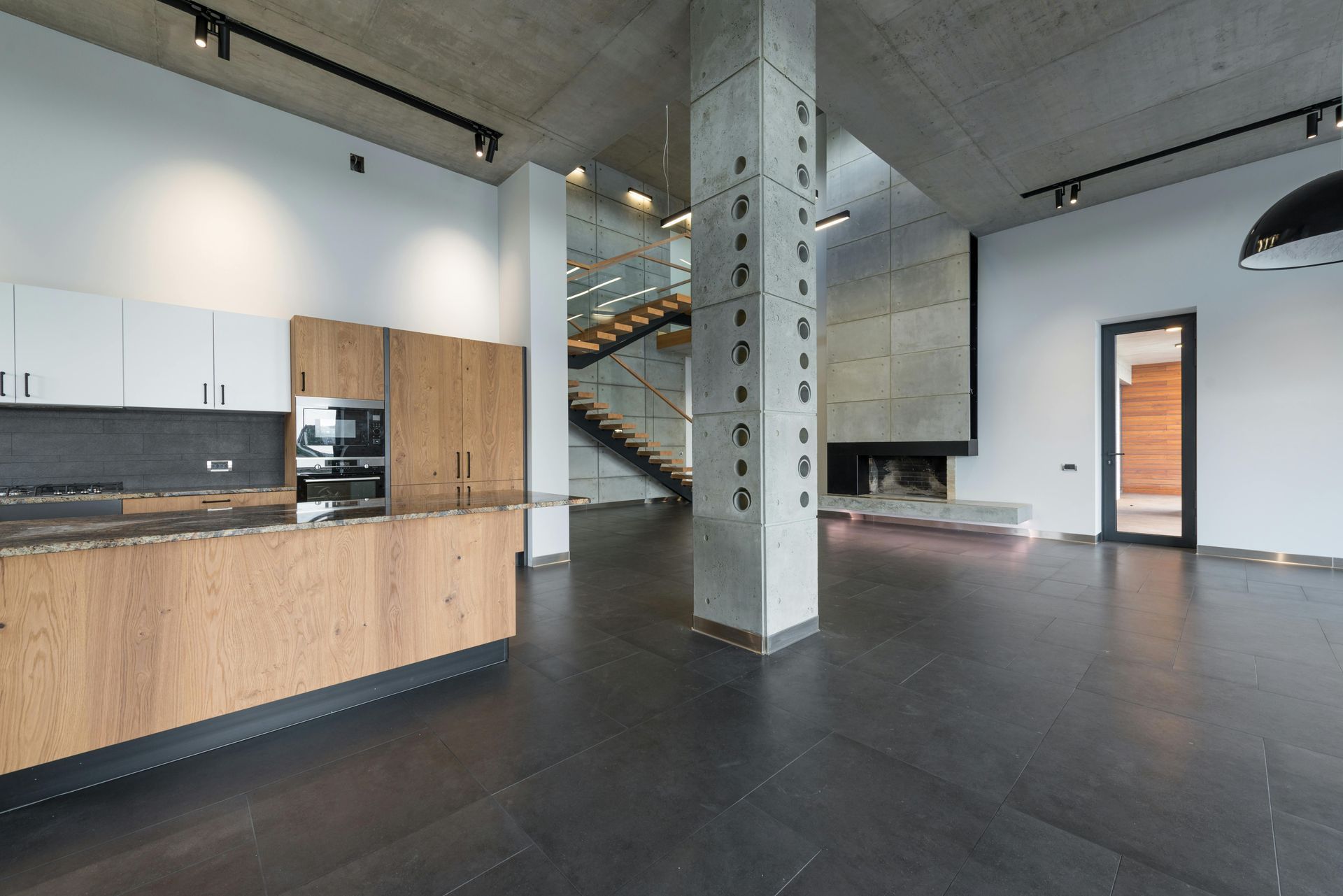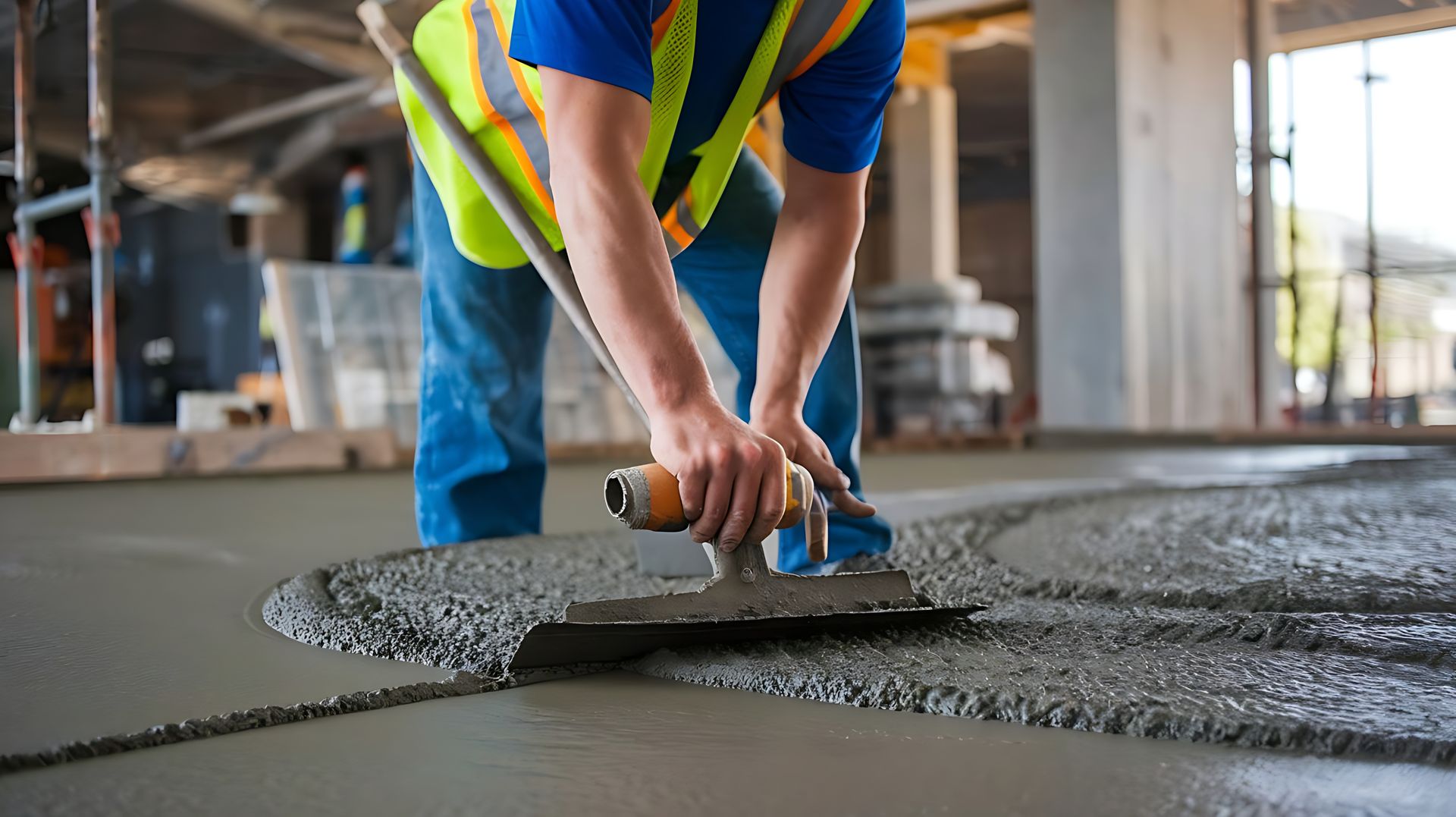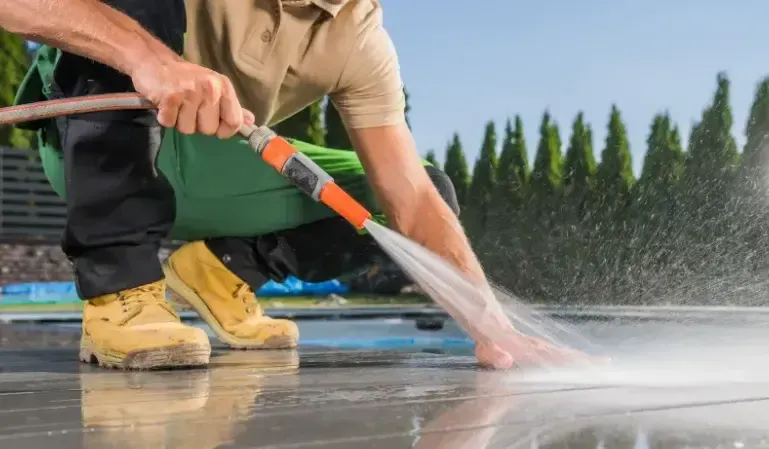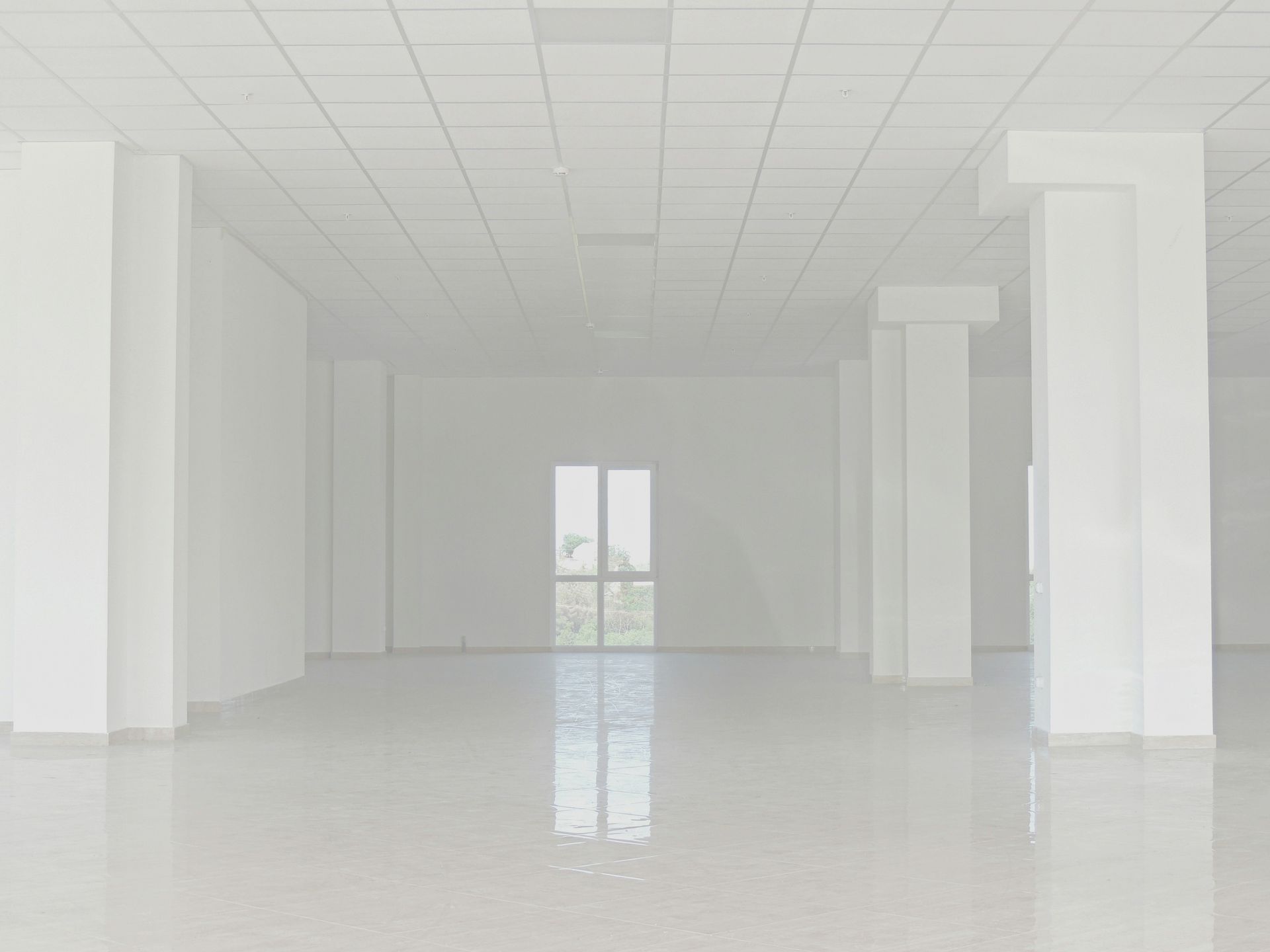Eco-Friendly Flooring Solutions: How Concrete Fits the Bill
The flooring industry is experiencing a significant shift towards eco-friendly solutions. This change is largely driven by a growing awareness of environmental issues and a collective desire for sustainable living practices. As consumers become more informed about the environmental impact of their choices, they are increasingly demanding sustainable alternatives, including flooring options. This demand is reshaping the market, encouraging manufacturers and contractors to adopt greener practices.
Concrete Flooring's Sustainable Attributes
Concrete flooring stands out as a sustainable option due to its composition and durability. Made from abundant natural resources like limestone and clay, concrete is a practical choice for those seeking eco-friendly flooring solutions. The potential to incorporate recycled materials such as fly ash or slag into concrete production further reduces waste and enhances its sustainability.
One of the key advantages of concrete floors is their durability and longevity. Unlike other flooring materials that may require frequent replacements, concrete floors are built to last, conserving resources over time. This durability makes concrete an appealing choice for those committed to sustainable living.
Recycled Materials in Concrete
The use of recycled materials in concrete production is a significant step towards sustainability. By incorporating materials like fly ash and slag, manufacturers can reduce their reliance on virgin resources. This not only minimizes waste but also contributes to the overall sustainability of the flooring industry.
Natural Resource Utilization
The primary components of concrete, such as limestone and clay, are abundant in nature. This makes concrete a sustainable choice, as it relies on readily available materials. The extraction and processing of these materials have a relatively low environmental impact compared to other flooring options.
Energy-Efficient Production Methods
Modern advancements in concrete production have led to more energy-efficient methods, reducing the environmental impact of manufacturing processes. Innovations include the use of alternative fuels and strategies to lower carbon emissions during production. These efforts align with the growing emphasis on sustainability in the construction industry.
Alternative Fuels in Production
The use of alternative fuels in concrete production is a promising development. By replacing traditional fossil fuels with renewable energy sources, manufacturers can significantly reduce carbon emissions. This shift not only benefits the environment but also contributes to the industry's long-term sustainability goals.
Carbon Emission Reduction Strategies
Implementing strategies to reduce carbon emissions during concrete production is crucial for sustainability. These strategies include optimizing energy use and adopting cleaner technologies. By focusing on reducing emissions, the concrete industry can play a vital role in mitigating climate change.
Diamond Concrete Designs: A Commitment to Sustainability
Diamond Concrete Designs exemplifies a commitment to sustainability through its eco-friendly practices in concrete flooring installations. Based in Los Angeles, the company uses sustainable materials and techniques to minimize environmental impact. Their operations across Southern California reflect a dedication to reducing the ecological footprint of their projects.
By focusing on sustainable practices, Diamond Concrete Designs is not only meeting consumer demand but also contributing to the broader movement towards environmentally responsible construction.
Eco-Friendly Product Offerings
The company's product offerings reflect its commitment to sustainability. They provide a range of eco-friendly flooring solutions that cater to the diverse needs of their clients. By offering sustainable products, Diamond Concrete Designs empowers consumers to make environmentally responsible choices.
The Role of Concrete in Green Building Certifications
Concrete flooring plays a crucial role in
achieving green building certifications such as LEED (Leadership in Energy and Environmental Design). These certifications assess various criteria, including materials and resources, indoor environmental quality, and innovation in design. Concrete flooring can contribute to these criteria by offering durability, energy efficiency, and the use of recycled materials.
Contribution to LEED Criteria
Concrete flooring contributes to several LEED criteria, including materials and resources, and indoor environmental quality. Its durability and potential for incorporating recycled materials make it a valuable component in achieving these certifications. By using concrete flooring, builders can enhance the sustainability of their projects and earn valuable LEED points.
Enhancing Indoor Environmental Quality
Concrete flooring can improve indoor environmental quality by providing a durable and low-maintenance surface. Its ability to regulate temperature and reduce allergens contributes to a healthier indoor environment. These qualities make concrete flooring an attractive option for projects seeking to achieve high standards of indoor environmental quality.
Consumer Tips for Choosing Sustainable Flooring Options
For consumers looking to make sustainable flooring choices, several factors should be considered. Evaluating the lifecycle of materials is essential to understand their long-term environmental impact. Sourcing materials locally can also reduce transportation emissions, contributing to a lower carbon footprint.
Choosing Reputable Contractors
When selecting a contractor, it's important to choose those who prioritize sustainability in their practices. Reputable contractors like Diamond Concrete Designs are committed to eco-friendly solutions, ensuring that flooring installations align with sustainable principles. By partnering with such contractors, consumers can ensure that their projects reflect their environmental values.
Challenges and Future Trends in Sustainable Concrete Flooring
Despite the progress in sustainable concrete flooring, challenges remain. Sourcing recycled materials and managing energy consumption are ongoing issues that the industry must address. The future holds promise with the development of carbon-neutral concrete and other innovative technologies that enhance the eco-friendliness of concrete flooring.
Sourcing Recycled Materials
One of the primary challenges in
sustainable concrete flooring is sourcing recycled materials. Ensuring a consistent and reliable supply of materials like fly ash and slag is crucial for sustainability. The industry must work towards establishing robust supply chains to support the use of recycled content in concrete production.
Carbon-Neutral Concrete
The development of carbon-neutral concrete is a promising trend in the industry. This innovation aims to eliminate carbon emissions associated with concrete production. As research and development continue, carbon-neutral concrete has the potential to revolutionize the sustainability of concrete flooring.
Local Perspectives on Sustainable Flooring in Southern California
In Southern California, environmental considerations and regulations significantly impact flooring choices. The region's commitment to sustainability is evident in local initiatives and projects that emphasize green building practices. Companies like Diamond Concrete Designs are responding to this demand by offering eco-friendly solutions tailored to the unique needs of the area.
Regional Sustainability Initiatives
Southern California is home to numerous sustainability initiatives that influence flooring choices. These initiatives promote eco-friendly practices and set high standards for environmental responsibility. By participating in these initiatives, companies can align with regional sustainability goals and contribute to a greener future.
Concrete flooring stands as a testament to the possibilities of sustainable living. With its durability, potential for incorporating recycled materials, and energy-efficient production methods, concrete is an eco-friendly choice that aligns with the growing demand for sustainable flooring solutions. Companies like Diamond Concrete Designs exemplify this commitment to sustainability, offering innovative and environmentally responsible options for consumers. As the industry continues to evolve, the future of eco-friendly flooring holds promise, driven by advancements in technology and a collective dedication to preserving our planet.
For more information about sustainable concrete flooring solutions,
reach out to Diamond Concrete Designs today. Our team is committed to providing eco-friendly options that meet your unique needs.
